Driving at night can be a thrilling experience, but it also comes with its fair share of risks. The darkness obscures visibility, making it difficult to spot hazards on the road. This is where thermal night vision technology steps in, offering a new level of safety for drivers. In this article, we'll explore why thermal night vision is not just a luxury but a necessity for your car, ensuring you can navigate the night with confidence and safety.
Understanding Thermal Night Vision
Thermal night vision technology works by detecting heat signatures emitted by objects, rather than relying on ambient light. This means that regardless of the lighting conditions, thermal cameras can "see" people, animals, and other vehicles from a distance, providing a crucial early warning system for drivers.
The Risks of Night Driving
Statistics show that night-time driving is significantly riskier than daytime driving. Reduced visibility, fatigue, and the increased likelihood of encountering wildlife are just a few factors that contribute to this increased risk. Thermal night vision can mitigate these risks by providing a clear view of the road ahead, even in complete darkness.
The Advantages of Thermal Night Vision for Cars
Improved Visibility
Thermal night vision systems offer superior visibility in low-light conditions, allowing drivers to see more clearly than with traditional headlights.
Heat Signature Detection
The ability to detect heat signatures means that thermal cameras can spot living beings and other objects that may not be visible to the naked eye.
Enhanced Safety
By providing early warnings of potential hazards, thermal night vision systems can help prevent accidents and keep both drivers and pedestrians safe.
Types of Thermal Night Vision Systems
There are several types of thermal night vision systems available for cars, ranging from monocular devices that attach to the dashboard to more integrated systems that display the thermal image on the car's infotainment screen. Each type has its own advantages and is suited to different needs and budgets.
How Thermal Night Vision Systems Work in Cars
Thermal night vision systems are designed to integrate seamlessly with a car's existing technology. They typically consist of a camera that detects heat signatures and a display that shows the thermal image to the driver. The user interface is intuitive, allowing drivers to easily adjust settings and focus on the road.
Cost and Maintenance
The initial cost of installing a thermal night vision system can be significant, but the potential savings in terms of accident prevention and insurance premiums can offset this expense. Maintenance is generally minimal, with the system requiring occasional calibration and software updates.
Future of Thermal Night Vision in Automotive Safety
As technology advances, we can expect thermal night vision systems to become more sophisticated and affordable. It's likely that these systems will become a standard feature in cars in the not-too-distant future, further enhancing road safety.
Thermal night vision for cars is more than just a luxury; it's a vital safety feature that can make night driving safer and more enjoyable. By providing unparalleled visibility and early warning of potential hazards, thermal night vision systems can help prevent accidents and save lives. If you're a driver who frequently navigates at night, consider investing in this technology for your vehicle.


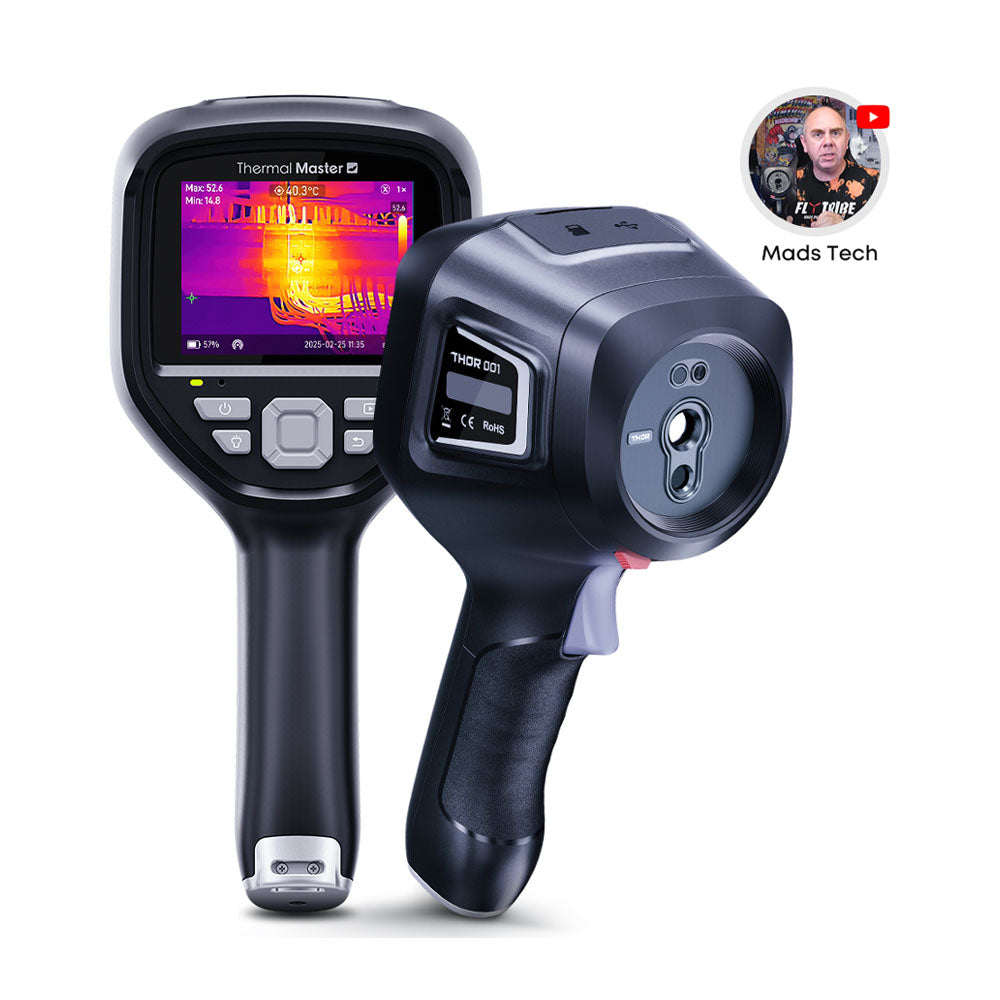

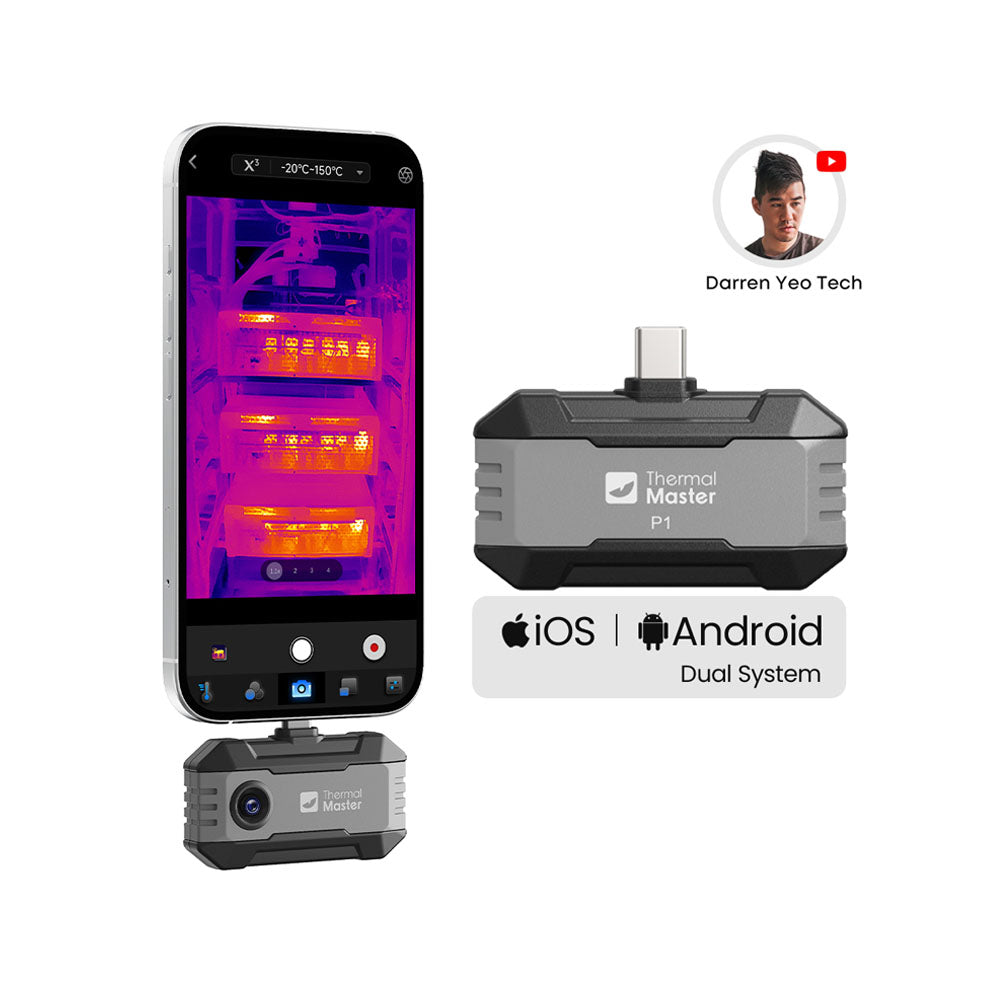
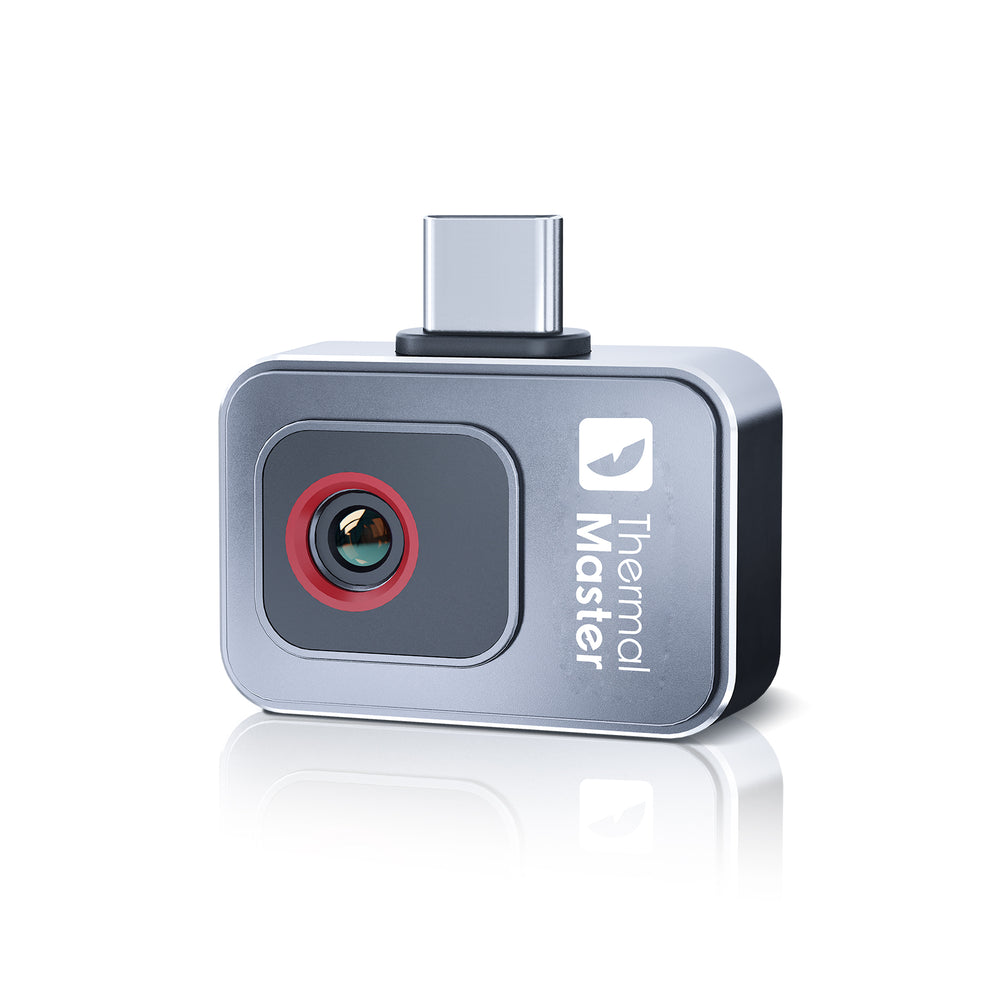
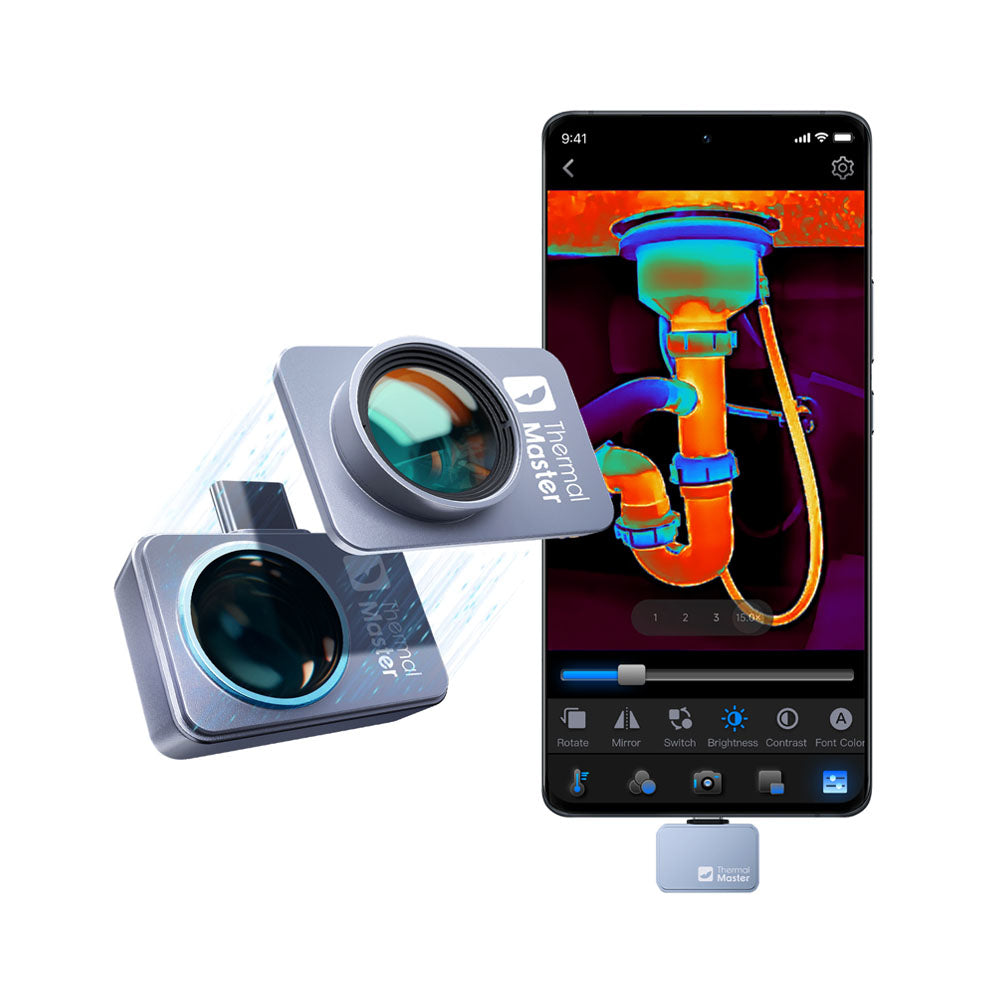

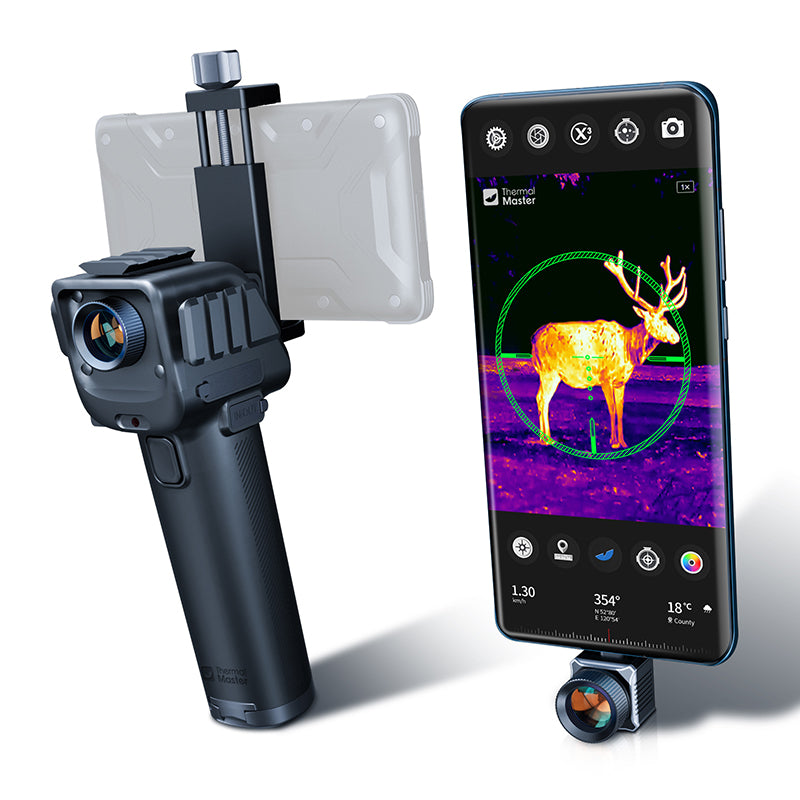
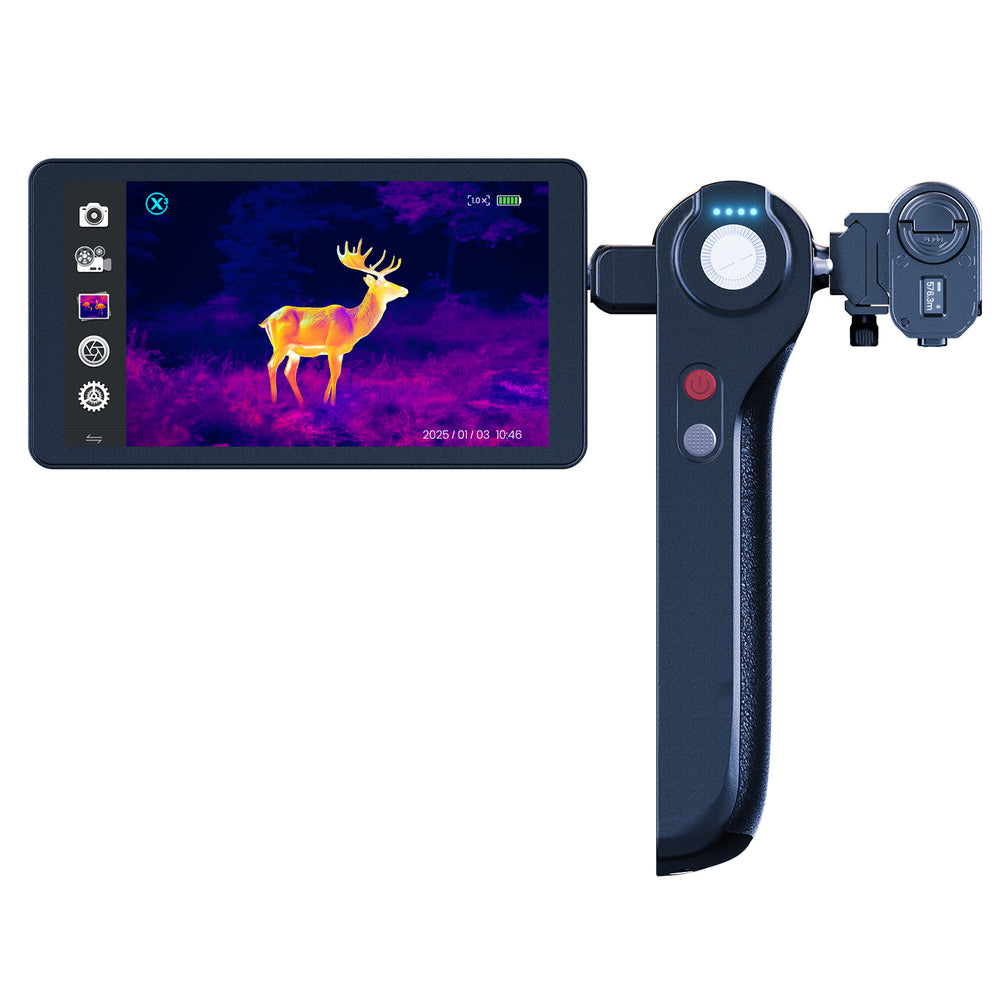
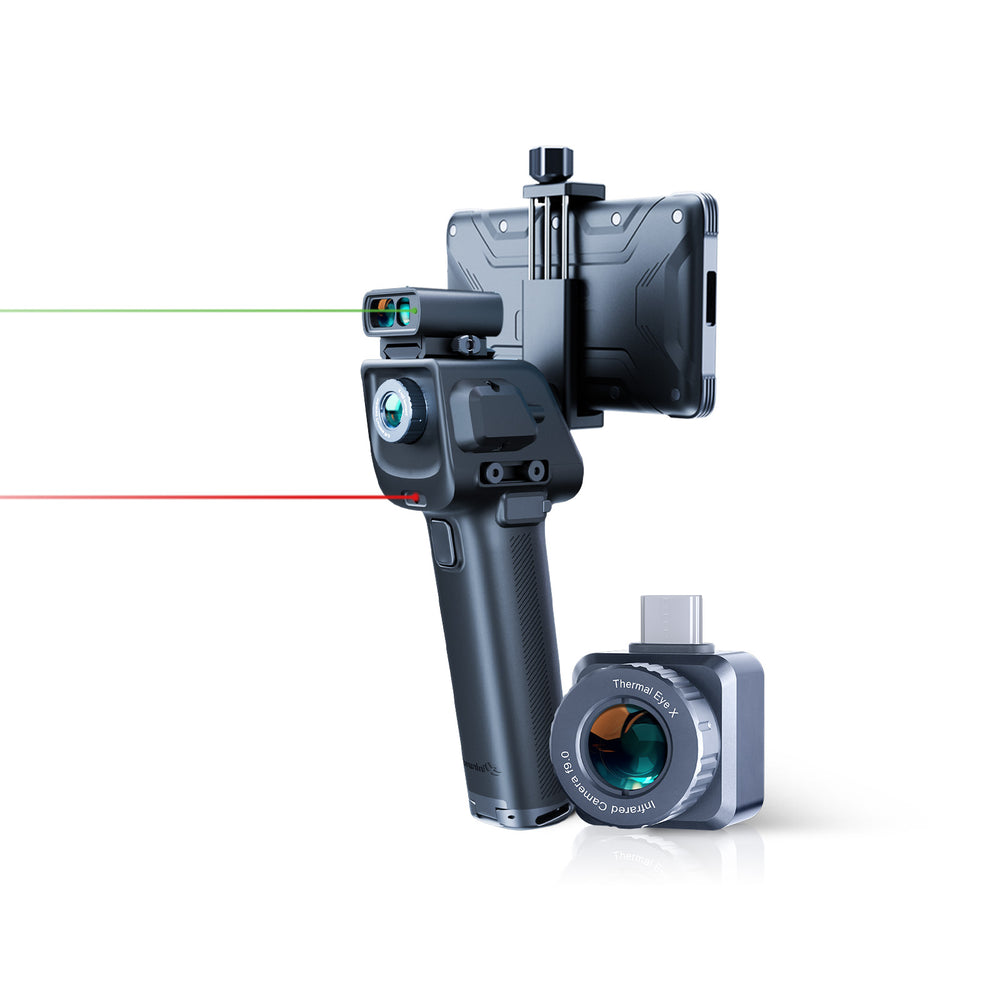
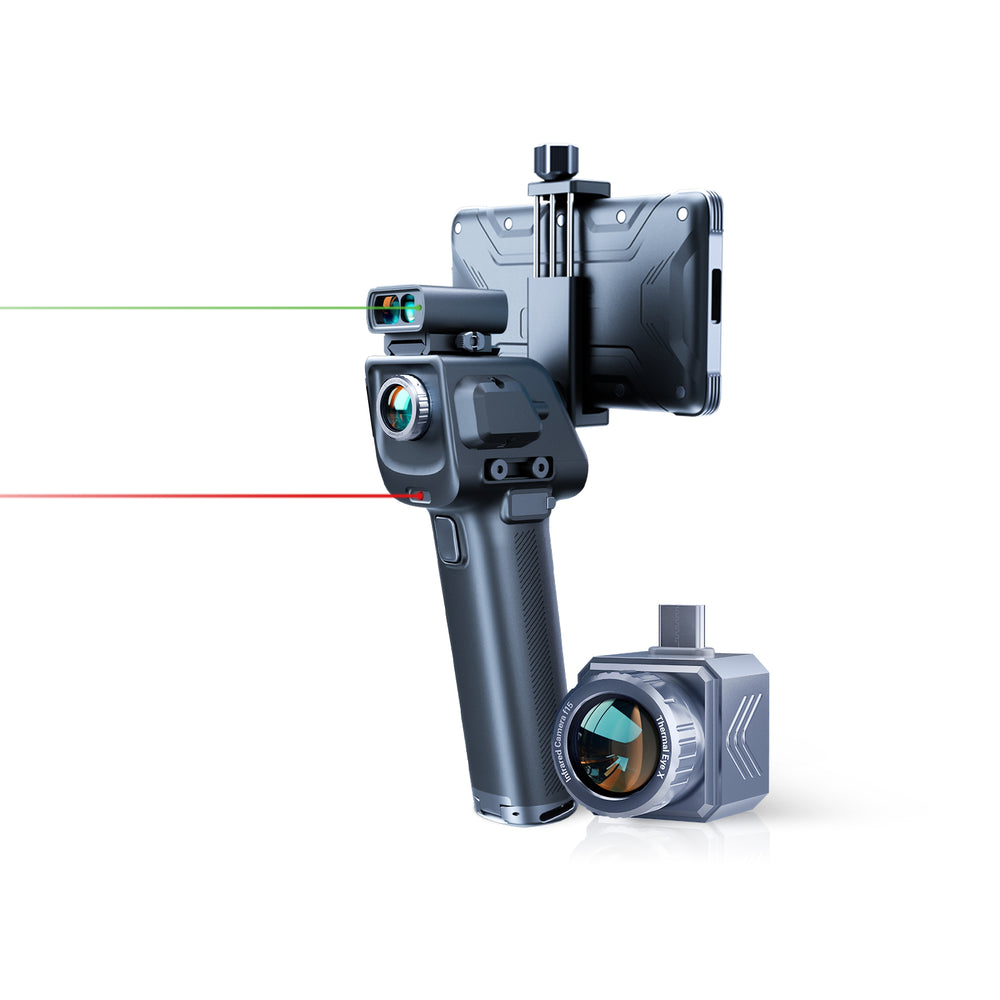
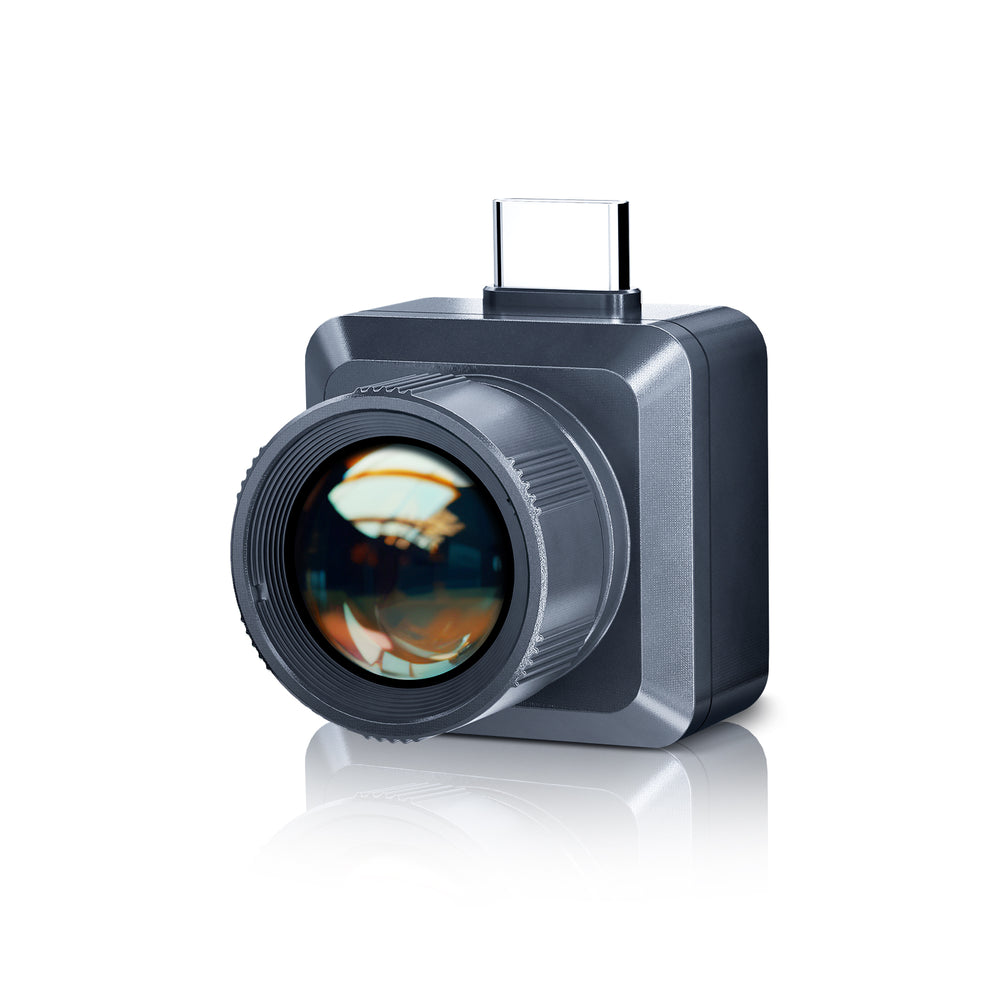
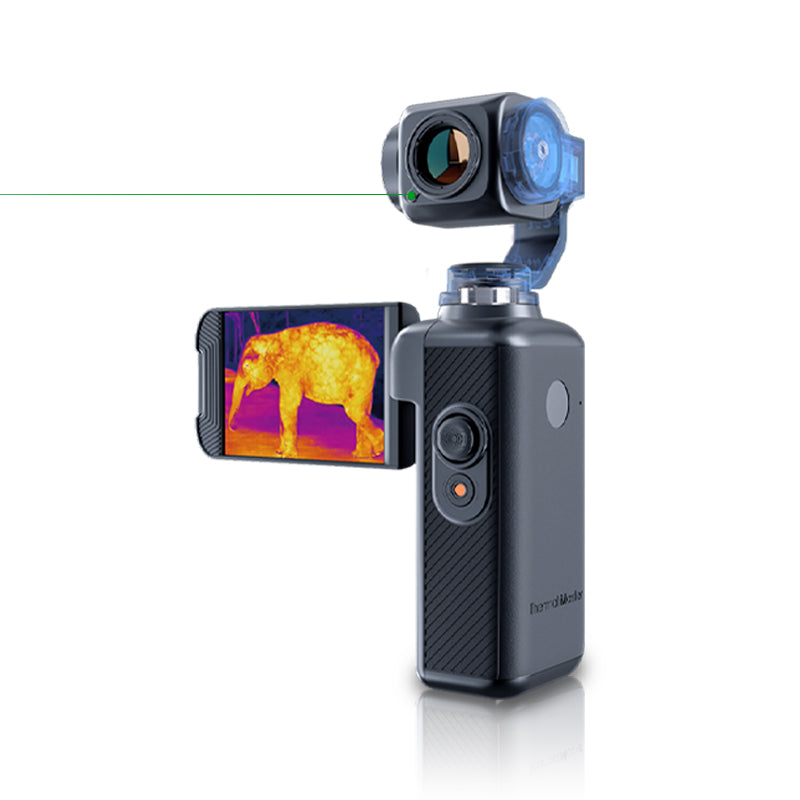
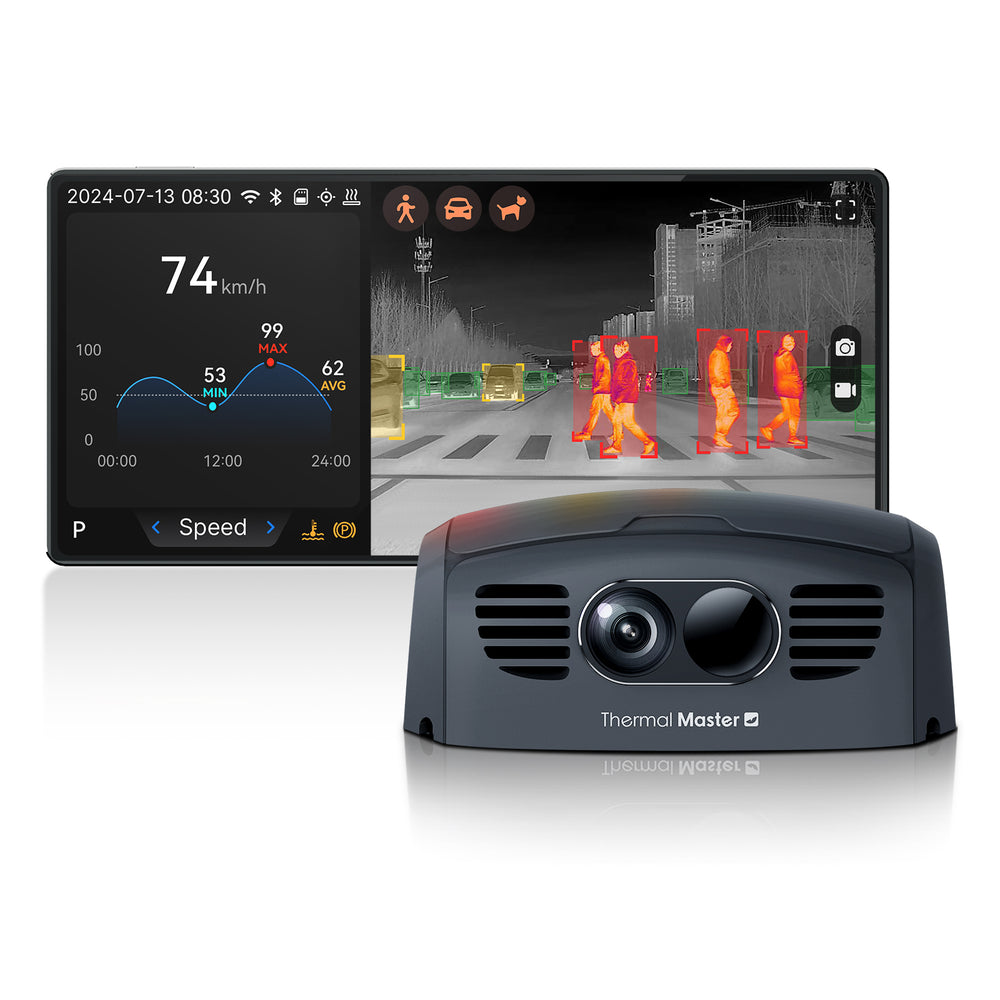
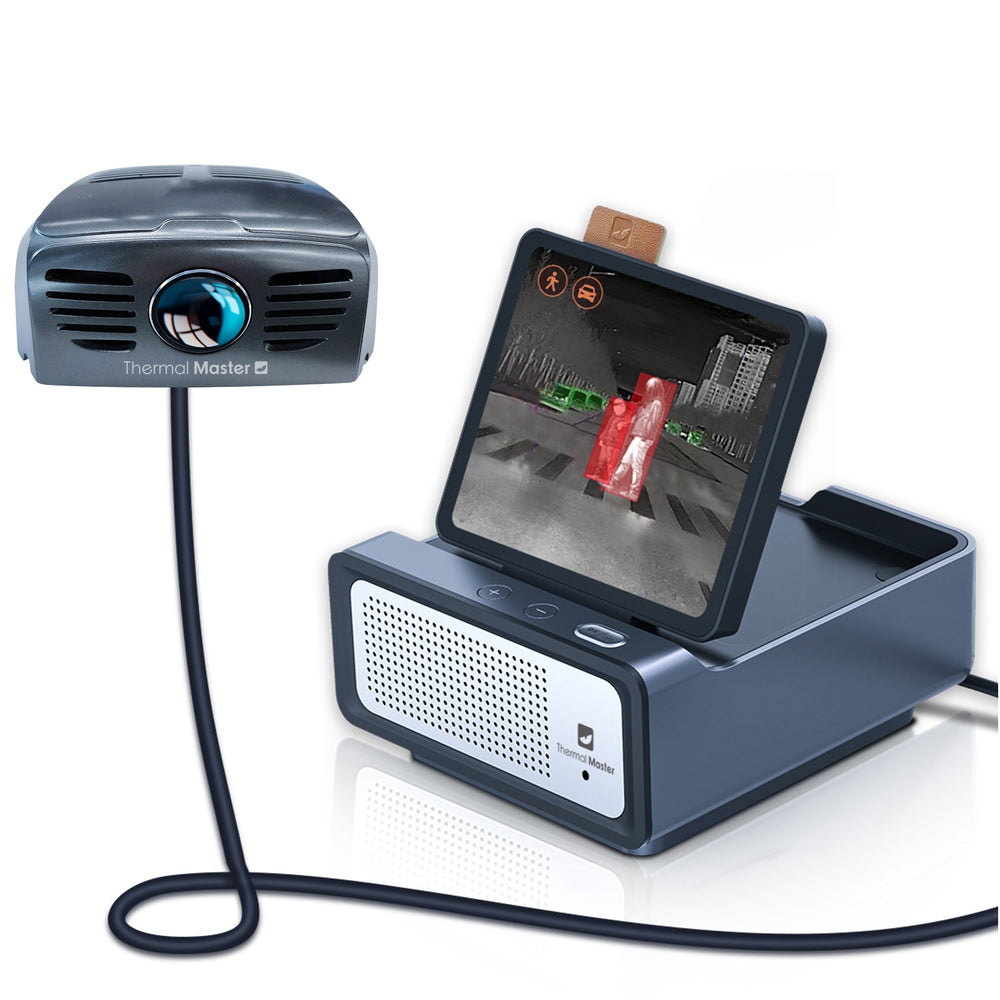
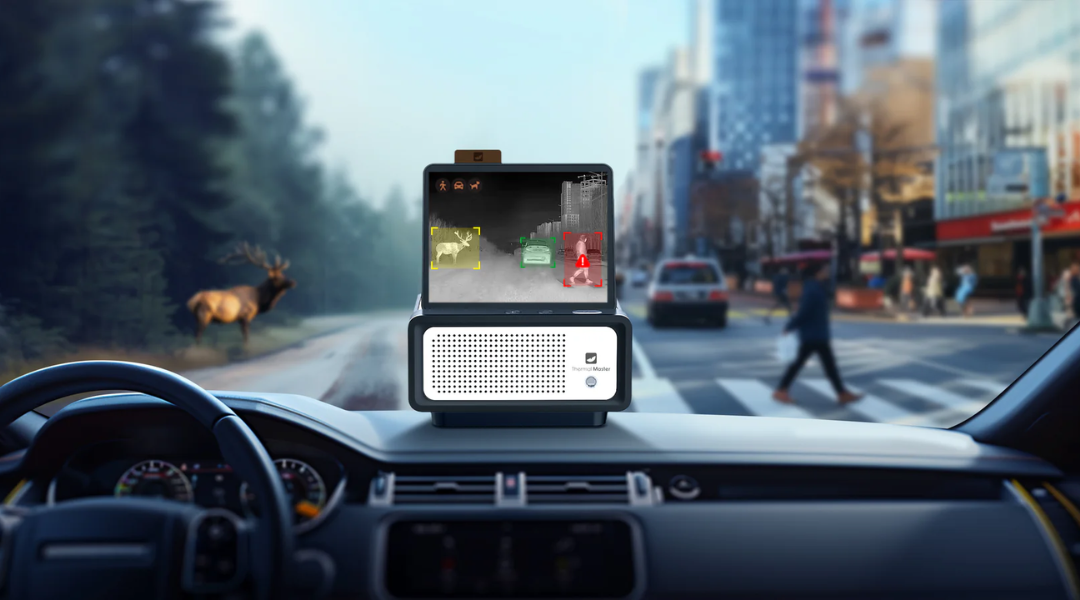
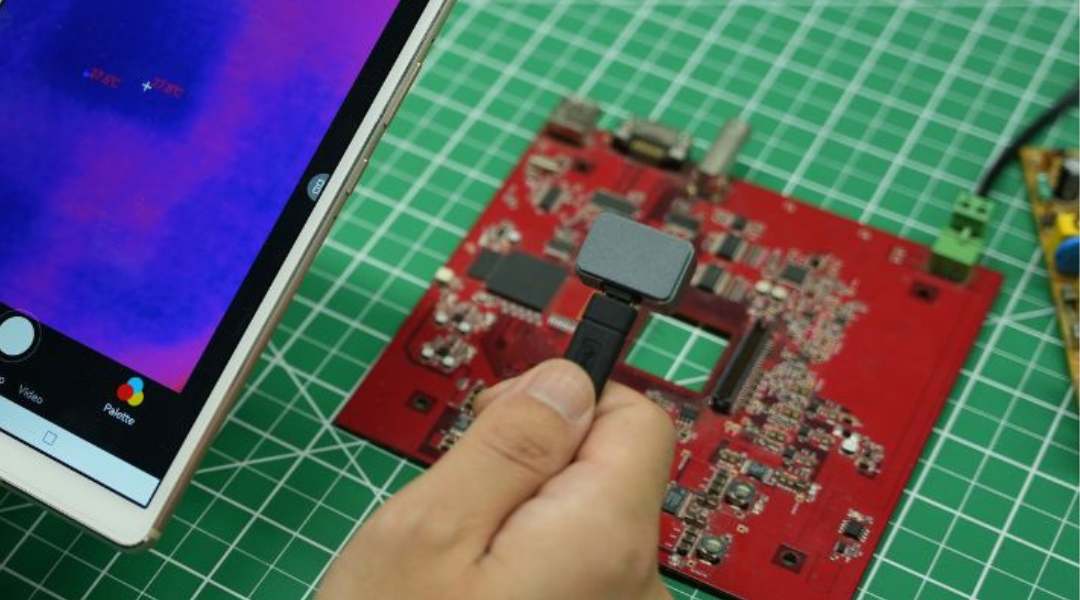
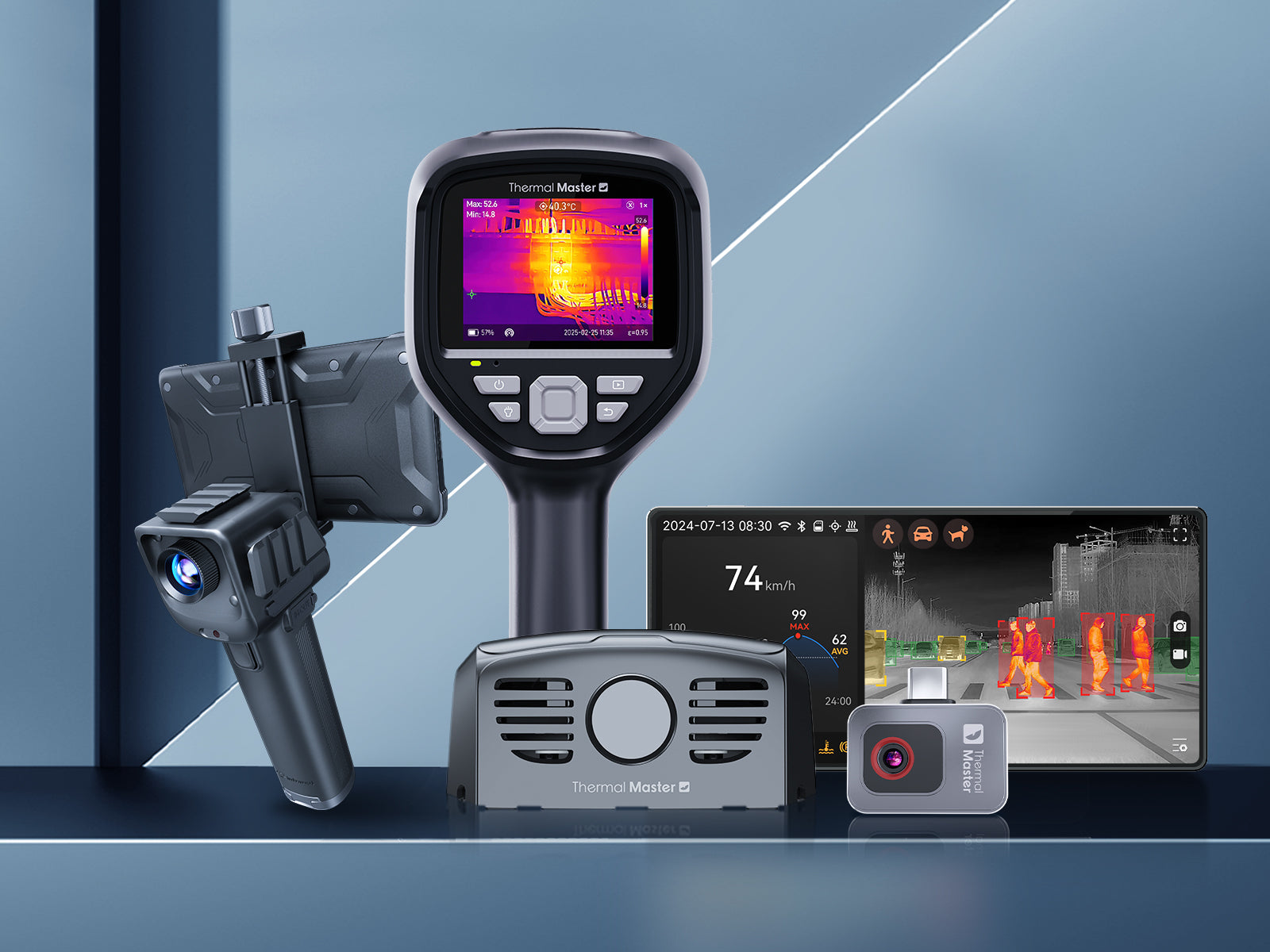
Leave a comment
All comments are moderated before being published.
This site is protected by hCaptcha and the hCaptcha Privacy Policy and Terms of Service apply.